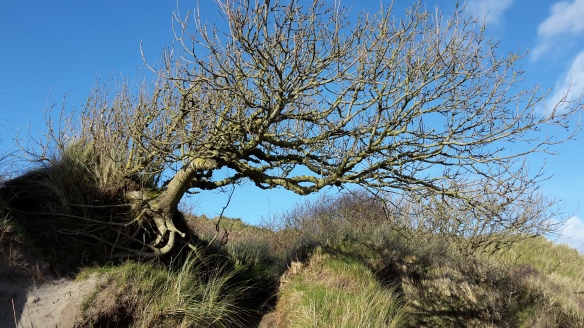 I have been fascinated by learning and teaching resilience skills in recent years. Apart from being a vogue buzz word, what is resilience all about? Well currently I am favouring the Boing Boing / University of Brighton Resilience Centre definition: “Beating the odds, whilst also changing the odds”. I like that this definition honours that we can do things to help ourselves but we are always interacting and influenced by the environment around us which will also impact how resilient we feel.
I have been fascinated by learning and teaching resilience skills in recent years. Apart from being a vogue buzz word, what is resilience all about? Well currently I am favouring the Boing Boing / University of Brighton Resilience Centre definition: “Beating the odds, whilst also changing the odds”. I like that this definition honours that we can do things to help ourselves but we are always interacting and influenced by the environment around us which will also impact how resilient we feel.
I have been thinking about all the different resources I’ve shared at workshops and what might be useful to add to the noisy internet in these curious times. With both my occupational therapist and yoga teacher hat on, I settled on talking a little about the nervous system and sensory responses to what is going on.
I am not a neuroscientist so where possible I have linked to experts or resources for anyone wanting to dive deeper. I am particularly indebted to Deb Dana and Stephen Porges writing on Polyvagal Theory and Susi Wrenshaw (an amazing Yoga Therapist) who explained practical applications of this in yoga and therapy in a workshop I attended last year.
The Nervous System
Lots of people are familiar with the basic idea of the nervous system as either turned on in fight/flight mode (sympathetic arousal) or in rest, digest, restore mode (parasympathetic). But recent work by Stephen Porges and colleagues on the Polyvagal theory explains that it’s a little more nuanced than that. It’s not just a case of being stressed or relaxed. In particular this theory looks at different responses to stress – an activation response (in orange below) which is an active doing, and immobilisation or collapse response (in red below).
It’s good to note that all these states could be positive for example orange zone (when blended with green) may include competitive sports games, play fighting and sexual attraction, or the red zone (when blended with green) may be immobilisation of deep intimacy like the floppy puppy in it’s mum’s mouth as she carries it back to the basket.
It’s helpful to remember that a lot of nervous system activity is not conscious – so for example at the moment in our mind we may think ‘I know I am safe at home’ but our nervous system is activated alerted to potential threat by news reporting or social media commentary and the body feels unsafe (e.g. our gut feeling).
Resilient responses are not rigid or fake positivity
It is not helpful to view resilience tools as ways to stop emotions, squash how we truly feel or make us ‘happy ever after’. But through awareness of the nervous system and having resilience tools you may be able to work with these emotions better.
I also want to flag up the work of Lucy Johnstone, who is banging the drum to say emotions are an entirely appropriate response to this situation and do not automatically mean we should label ourselves or others as ‘depressed’ or with ‘anxiety’ or any other medical/psychiatry based label.
Click onto the table below to start to see how these different states of the nervous system might look or feel and a few starting suggestions for tools. Everyone is unique and in my workshops I am not prescriptive – everyone leaves with their own version of a resilience plan with things they feel are realistic and helpful to them.
We are all in different situations at the moment. Some of us have access to nature and some don’t. Some are working harder than ever feeling they have no time, some have been furloughed giving them lots of time. Some of us can have time out from partners or kids, some of us have caring responsibilities, whilst others still have no choice but to be in total isolation away from all human contact.
Final thoughts
I like the idea of ‘certainty anchors’ which Johnathan Fields introduced me to. This is essentially finding comfort in routines and ritual. This may be deeply spiritual or embedded in your religious beliefs for example using a mala or prayer beads before going to sleep at night. Or it may be a simple noticing of normal routines for example stepping outside the door and taking a breath whilst listening to the birds or savoring the first sip of tea each and every morning.
For those working or living in highly stressful circumstances, you may find the mind is busy and very full so it’s hard to turn off. Focusing on specific environmental cues can be helpful to reground yourself. So close eyes take a breath and as you open them look for anything the colour orange around you. Or anything made of wood. Try to notice a detail in the room around you that you haven’t seen before or haven’t noticed in a while. Or what different textures can you feel such as the material of your clothing, what you’re sat on, warmth or coolness of the area. This helps draw the mind and attention away from past concerns or future anxiety and orientate us to the here and now.
I am also hearing Brene Brown’s message that there is real power in vulnerability. Be present to how you are feeling and you may be surprised what happens when you share vulnerability with a loved one.
Few resources I find helpful:

